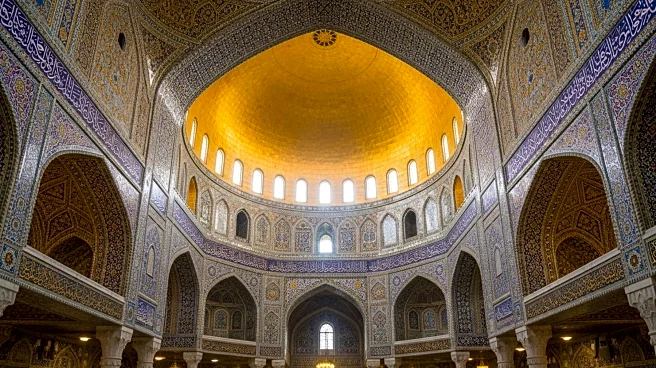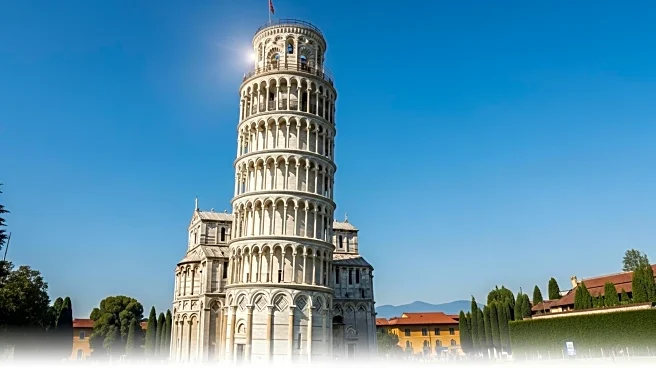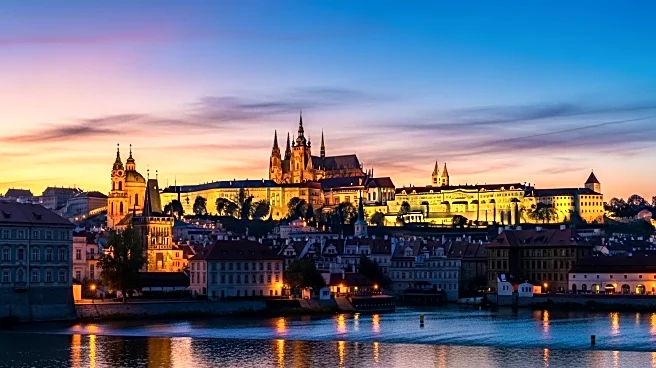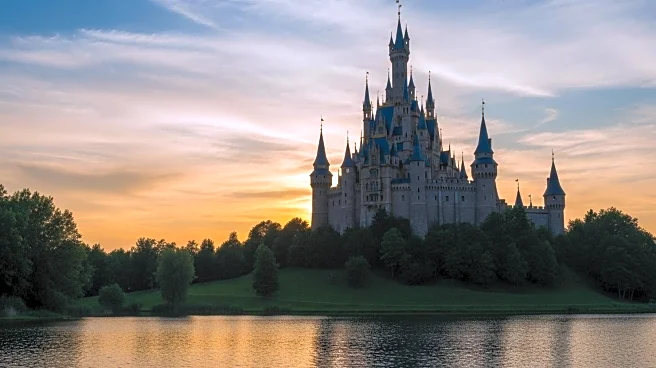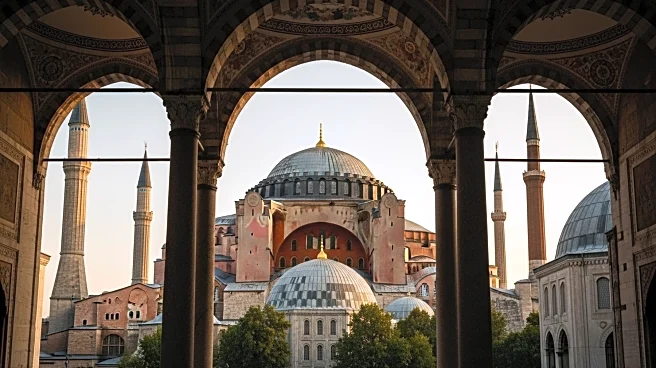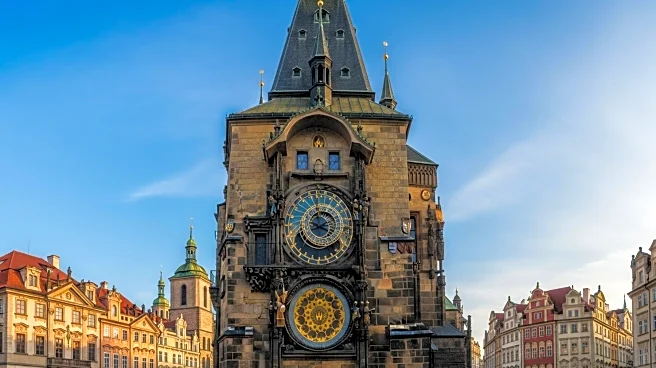What is the story about?
Hagia Sophia stands as a testament to the rich and varied history of Istanbul, Turkey. Originally constructed as a Byzantine cathedral in 537 AD, it has undergone several transformations, reflecting the cultural and religious shifts in the region. From its beginnings as a cathedral to its conversion into a mosque in 1453, and later a museum in 1935, Hagia Sophia has been a symbol of architectural and historical significance. In 2020, it was reconverted into a mosque, continuing its legacy as a pivotal site in the cultural landscape of Istanbul.
Scope of Legacy
Hagia Sophia's legacy is deeply intertwined with the history of Istanbul and the broader region. As a cathedral, it was the center of Eastern Orthodox Christianity, serving as the seat of the Patriarchate of Constantinople. Its conversion into a mosque marked the Ottoman Empire's influence and the city's transformation into a Muslim-majority region. The building's architectural innovations, particularly its massive dome, have influenced countless structures worldwide.Pivotal Contributions
The architectural design of Hagia Sophia, particularly its dome, was groundbreaking at the time of its construction. It employed a fully pendentive dome, which was a significant advancement in architectural engineering. This design not only contributed to the aesthetic grandeur of the building but also set a precedent for future architectural endeavors in both religious and secular structures.Enduring Influence
Hagia Sophia's influence extends beyond architecture; it has been a symbol of religious and cultural convergence. Its history as both a church and a mosque reflects the complex interplay of cultures and religions in the region. The building's mosaics and frescoes, remnants of its time as a cathedral, continue to attract scholars and tourists alike, offering insights into Byzantine art and history.U.S. Relevance
For U.S. audiences, Hagia Sophia represents a fascinating study of cultural and religious transformation. Its history offers lessons in resilience and adaptation, showcasing how structures can evolve to reflect changing societal values. As a UNESCO World Heritage site, it also underscores the importance of preserving historical landmarks for future generations.AI Generated Content
Do you find this article useful?
